Messerschmitt Me-163a Komet
Production Time 9 to 10 weeks
Shipment is by FedEx, UPS or DHL International Express Courier with a normal door-to-door delivery time worldwide of within 2-3 business days after dispatch. Due to the current volatility of world fuel prices, the amount mentioned here is our best estimate for DHL and UPS and may be subject to change at the time of shipping.

Model Description: Messerschmitt Me-163a Komet Wood Replica Scale Custom Jet Model
Manufacturer: Messerschmitt
Wingspan: 6 Inches (15.2 Centimeters)
Height: 1.8 Inches (4.6 Centimeters)
Scale: 1:61
$169.50
Production Time 9 to 10 weeks
-
United States dollar ($)
-
Pound sterling (£)
-
Euro (€)
-
Australian dollar ($)
-
Canadian dollar ($)
-
Singapore dollar ($)
-
Swiss franc (CHF)
-
Japanese yen (¥)
-
Danish krone (kr.)
-
Hong Kong dollar ($)
-
Norwegian krone (kr)
-
Swedish krona (kr)
-
United Arab Emirates dirham (د.إ)
General Product Description
Our PlaneArt Messerschmitt Me-163a Komet model exhibits unique, unrivaled quality and detailed design to come as close as possible to the accuracy of the actual plane. It comes as standard with a robust, durable base or stand which is available in a variety of different finishes designed to match your own personal requirements including solid wood, wood with polished metal supports or adjustable wood wall mount and will be ready within about 9-10 weeks from placement of order.
The Messerschmitt Me-163a Komet model is made of the finest kiln dried renewable mahogany wood (commonly known as Lauan or Meranti) which has undergone many stages of carving and meticulous and careful sanding giving the beautiful, finished museum quality masterpiece. Many collectors and model connoisseurs demonstrate their preference for genuine handmade and hand painted mahogany wood models rather than plastic or die cast (diecast) alternatives due to the overall look and totally different feel of the item - we trust you will find the same. We can however, if required produce the same model in Solid Cast Resin so just click and contact us for further information. Our craftsmen and gifted artisans ensure that our finely handcrafted model airplanes match the precise blueprint details of the original aircraft. The paint scheme, markings and parts are closely matched, reflecting the original aircraft. This stylish top-quality desktop replica model will surely enthrall anyone who receives this as a gift and for sure one of the most appropriate and desirably collectable gifts for any aviation enthusiast or avid military jet aircraft collector whilst also displaying a perfect resemblance to the actual real life version.
There are many types of military jet aircraft, but the basic types are bombers, fighters, fighter bombers, spotter planes, transporters, patrol aircraft, trainers, and reconnaissance and observation aircraft. All these types of aircraft are used for different types of missions. If you're a fan of historic or present-day military aviation, our model aircraft will bring the excitement and character of these aircraft right into your own home.
If you require, we can also make the Messerschmitt Me-163a Komet model in any other military, government or even private livery or colour scheme you require and if necessary, in a different size or scale. Just click here to contact us with a description or photographs of what you require, and we will let you have a quotation for the necessary customization by return email. We can also make bespoke scale replicas of any other private / civil commercial airliner or airliners, helicopter, glider, gliders with engines, military propeller, warplane jets, biplane, triplane, tail fin, spacecraft, rocket or NASA model you require in any airline, military or civilian livery or colors. We also produce model airships, blimps, dirigibles, blimps, boats, and ship collectibles. Wall plaque or seal for military, government or private customers. Again, by clicking here to contact us just let us know exactly what you need.
Unveiling the Pioneering Spirit of the Messerschmitt Me-163a Komet: A Leap in Aviation History
The Messerschmitt Me-163a Komet stands as a remarkable example of innovation and audacity in the field of aviation during World War II. Developed by Germany, this aircraft was not only the first operational rocket-powered fighter aircraft but also one of the fastest aircraft of its time. Its development, operational history, and the technological innovations it introduced offer a fascinating glimpse into the extremes of wartime engineering.
Development and Design:
The development of the Me-163a Komet began in the early 1940s under the guidance of Dr. Alexander Lippisch. Its design was revolutionary, primarily due to its propulsion system, which utilized a rocket engine powered by a highly volatile and corrosive fuel mixture of hydrogen peroxide and hydrazine hydrate. This engine was capable of propelling the Komet to unprecedented speeds, reaching up to 1,130 km/h (700 mph), a record at the time.
The aircraft featured a unique tailless design, with short, stubby wings and a fully retractable undercarriage, which was dropped after takeoff to save weight and reduce drag. The wing design also incorporated innovative high-speed flight control techniques, including automatically deploying leading-edge slats and differential trailing edge flaps to improve maneuverability at high speeds.
Operational History:
The operational history of the Me-163a was as dramatic as its design. It entered service with the Luftwaffe in 1944 at a time when Allied bombing raids were increasingly devastating German cities and military installations. The Komet’s missions were primarily defensive, designed to intercept and destroy high-flying bombers before they could deliver their payloads.
Despite its impressive speed and powerful armament of two 30 mm cannons, the Me-163a had significant operational limitations. Its rocket engine provided power for only a few minutes of flight, followed by a glide back to the airfield. This short powered flight time, combined with challenging handling characteristics and the hazardous nature of its fuel, made it a difficult aircraft to fly and fight in.
Technological Innovations and Legacy:
The technological innovations of the Me-163a Komet were profound. It was among the first aircraft to use rocket power effectively, setting the stage for post-war developments in both military and civilian aerospace. Its extreme speed pushed the boundaries of aerodynamic knowledge, contributing to later supersonic aircraft designs.
Furthermore, the operational experience gained with the Komet contributed valuable lessons in high-speed aerodynamics, rocket propulsion, and the challenges of operating high-performance aircraft under combat conditions. These lessons would influence several post-war aircraft and missile programs.
Conclusion:
The Messerschmitt Me-163a Komet was a bold experiment and a testament to the ingenuity and desperation of wartime engineering. While not a war-winning weapon, its development marked significant milestones in the history of aviation. Today, the Komet is remembered not only for its breathtaking speed and daring design but also as a precursor to later advancements that transformed the aerospace industry. Its legacy is a poignant reminder of the relentless progression of technology during times of conflict, providing both lessons and legends for future generations.
| Weight | 6 kg |
|---|---|
| Dimensions | 3.7 × 6 × 1.8 in |

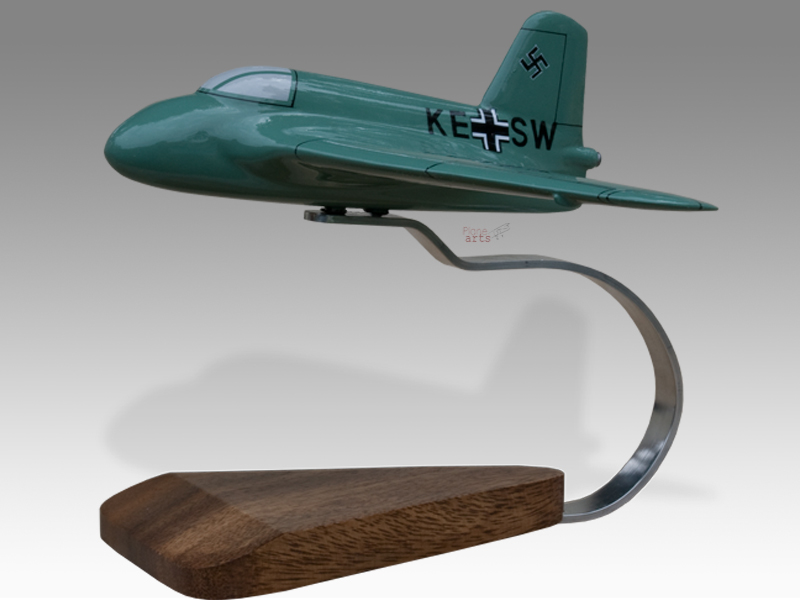
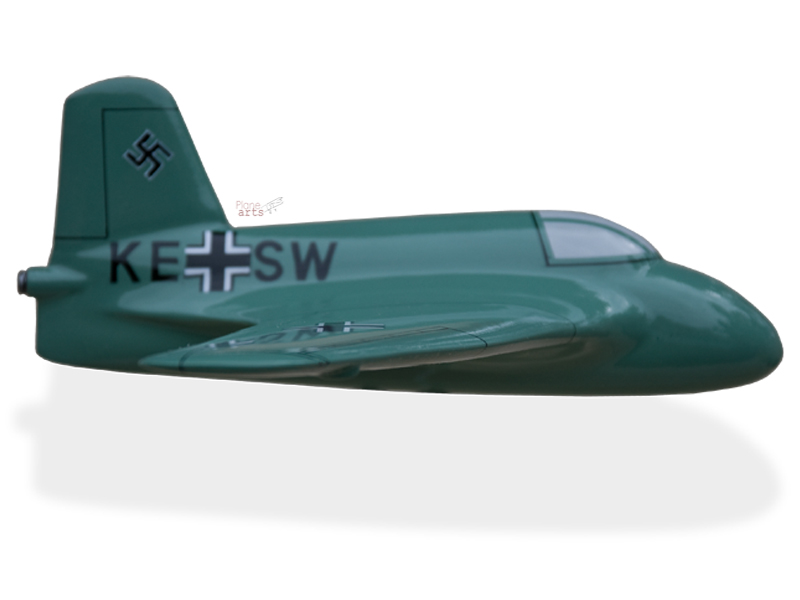
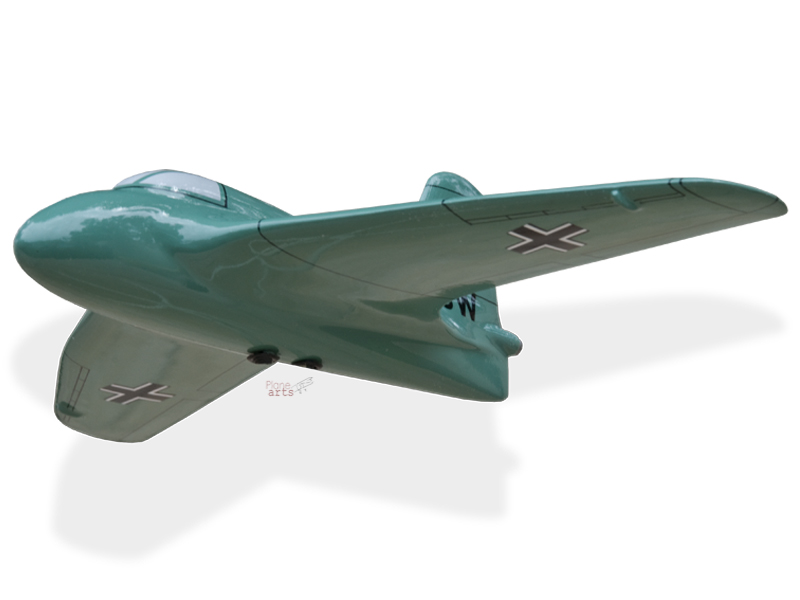
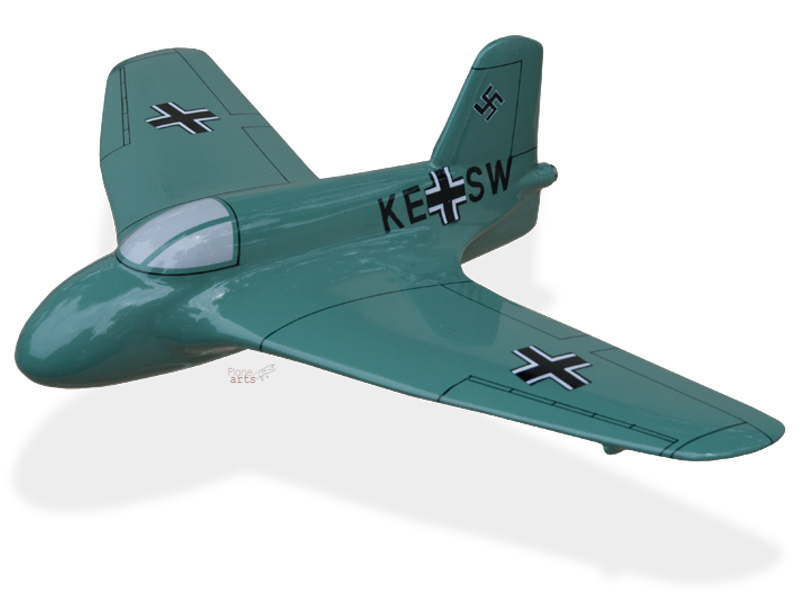
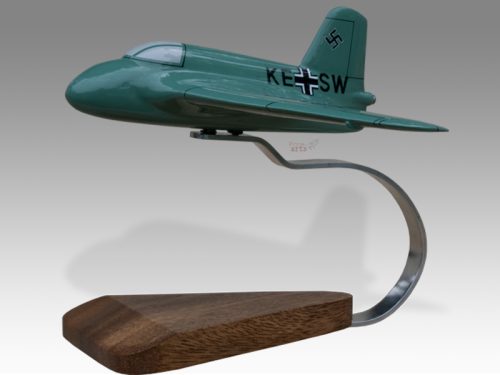
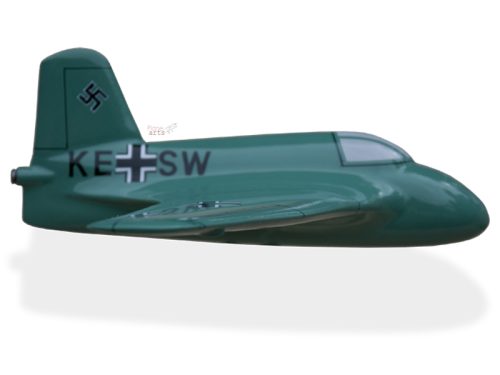
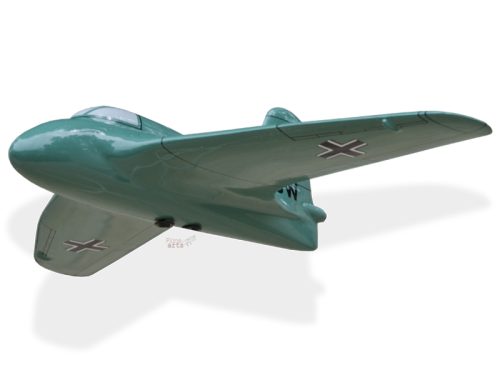
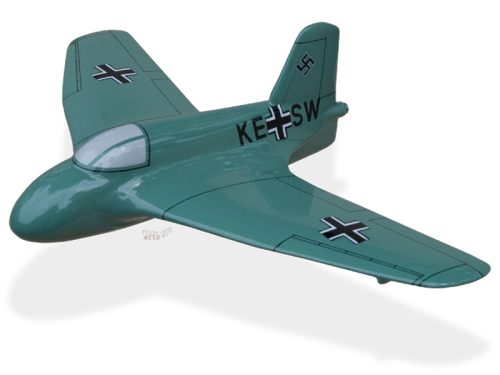
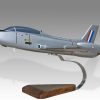
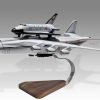
Reviews
There are no reviews yet.